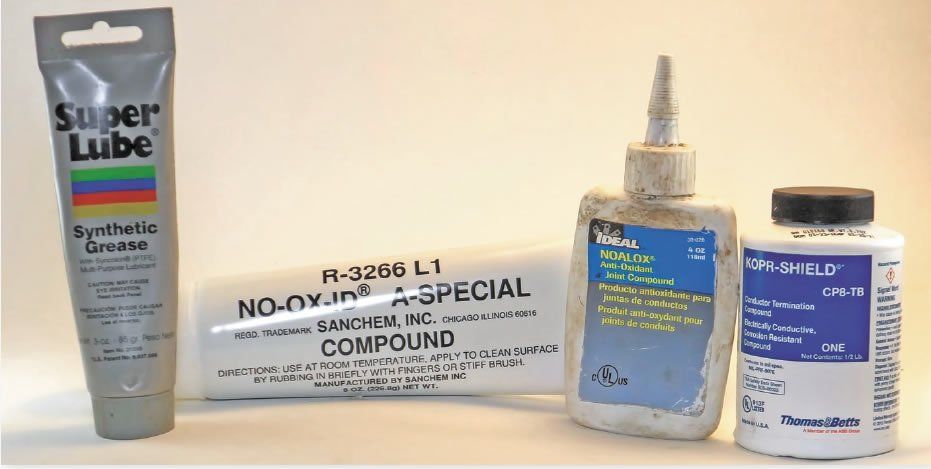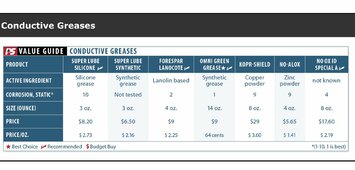Bluedog225
Texas
- Joined
- Nov 18, 2019
- Messages
- 2,917
I’d be interested hearing more about his as well. I only recall tests where dielectric grease did not increase resistance. It simply keeps oxygen out of the joint thereby preventing oxidation and preserving conductivity.Standard dielectric grease in not intended for out types of application. No-A-Lox and similar products as mentioned above is what is used in this sector. Lesson have been learned & shared, yet certain things are like zombies and come back...





